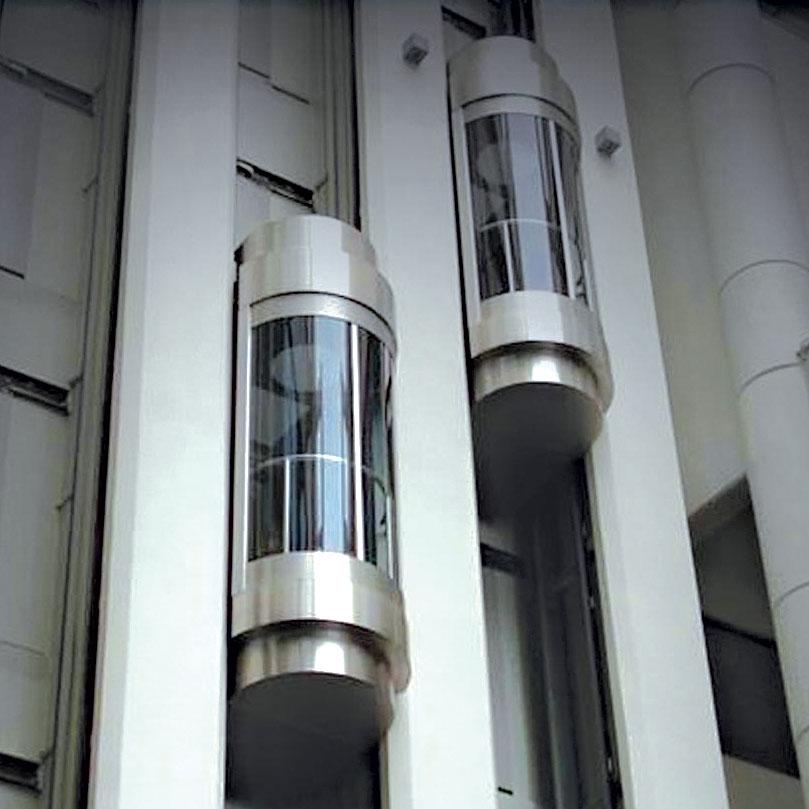Leading Lift Companies in London: Providing Exceptional Service and Assistance
Wiki Article
Looking Into the World of Lifts: Common Issues Encountered by Numerous Lift Devices
As we navigate with the upright transportation systems of modern buildings, lifts stand out as a crucial part of our daily lives. From hydraulic elevators to grip systems and machine-room-less layouts, each lift type comes with its set of typical concerns.Hydraulic Elevators
Hydraulic elevators, often preferred for low-rise buildings, use fluid pressure to control the motion of the elevator cars and truck (lift repair companies). This device entails a hydraulic pump pushing oil right into a cylinder, triggering the lift to relocate the preferred direction. While hydraulic lifts are known for their peaceful and smooth procedure, they do feature their very own collection of common problemsOne common trouble with hydraulic elevators is oil leak. The seals in the hydraulic system can put on out gradually, leading to oil seepage. If left unaddressed, this not just develops a mess yet can additionally influence the lift's efficiency. Furthermore, concerns with the control system, such as faulty shutoffs or a malfunctioning pump, can create interruptions in the elevator's movement.
Regular upkeep and punctual repair work are important to ensure the smooth performance of hydraulic lifts. By addressing these usual problems proactively, building proprietors can lessen downtime and make sure the security and efficiency of their upright transportation system.
Traction Lifts
When thinking about vertical transport systems in buildings, another common type apart from hydraulic elevators is the traction elevator. Traction lifts operate making use of a system of ropes and counterweights that move the elevator cars and truck by grasping onto the hoist ropes. This mechanism permits smoother and quicker vertical transport contrasted to hydraulic systems.One of the typical problems encountered by traction elevators is rope wear. The consistent movement of the ropes within the grip system can cause use and tear gradually, potentially triggering the elevator to malfunction or end up being hazardous for usage. Regular examinations and maintenance of the ropes are crucial to guarantee the lift's appropriate functioning and security.
One more concern that traction elevators might experience is connected to the control system. Problems with the control system can cause concerns such as irregular motion, hold-ups in response times, or also full shutdowns. Normal screening and upkeep of the control system are essential to stop such issues and make sure the lift's integrity.
Machine-Room-Less (MRL) Lifts

Among the key parts of MRL elevators is the portable gearless traction maker that is installed within the hoistway. This equipment successfully drives the elevator vehicle without the demand for large tools located in standard traction elevators. Additionally, MRL elevators generally make use of a counterweight system to stabilize the cars and truck, additional improving their power efficiency.
Despite their advantages, MRL lifts might face obstacles related to repair and maintenance because of the confined room for equipment setup. Accessibility for servicing elements within the shaft can be restricted, calling for specialized training for technicians. Proper maintenance timetables and routine examinations are critical to ensure the continued smooth operation of MRL elevators.
Overloading and Weight Limitation Issues
Overwhelming and weight limitation problems are important worries in elevator procedures. Lift manufacturers style lifts with particular weight capacities to guarantee passenger safety and security and devices durability.When elevators are overloaded, it places excessive pressure on the motor, cable televisions, and other elements, potentially creating malfunctions or malfunctions. If they find excess weight, safety and security devices such as sensing units and overload sensing units are in location to prevent lifts from moving. In addition, surpassing weight restrictions can bring about raised power usage and damage on the lift system.
To alleviate overloading problems, constructing supervisors should prominently display weight restrictions in elevators and inform occupants on the importance of adhering to these limitations - lift repair companies. Regular maintenance checks by certified service technicians can additionally assist ensure that elevators are running within safe weight criteria. By attending to overloading and weight limitation problems proactively, structure owners can boost elevator safety and performance
Electrical System Failings
Going beyond weight limits in elevators can not only cause mechanical concerns however also potentially add to electrical system failings within the lift facilities. Electric system failures are an important problem in elevator operation, as they can trigger unexpected closures, breakdowns, or perhaps security dangers. One common electric issue is the overheating of parts because of too much existing circulation brought on by overloading the lift past its capability. This can lead to harm to the wiring, motor, or control systems, causing pricey repairs and downtime.Regular upkeep and evaluations are critical to determine and deal with prospective electrical problems promptly, ensuring the effective and safe operation of elevator systems. By adhering to weight restrictions and performing regular electric system checks, building proprietors can minimize the risk of electrical look at this now failings in see this page lifts.
Final Thought

Hydraulic lifts, commonly chosen for low-rise structures, use fluid pressure to manage the motion of the elevator vehicle.When taking into consideration upright transport systems in buildings, an additional usual kind apart from hydraulic lifts is the traction lift. Grip elevators run using a system of ropes and weights that relocate the elevator vehicle by clutching onto the hoist ropes. Unlike conventional lifts that require a different maker room to house the equipment, MRL lifts incorporate most of the parts within the shaft, removing the need for a specialized equipment room.In final thought, lifts face common problems such as hydraulic breakdowns, traction system failures, and electric system troubles.
Report this wiki page